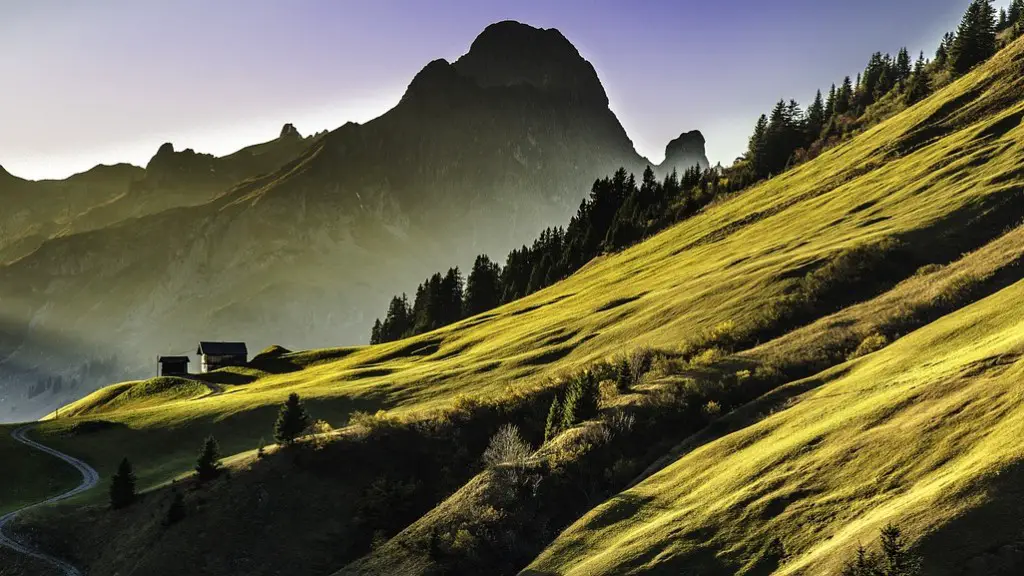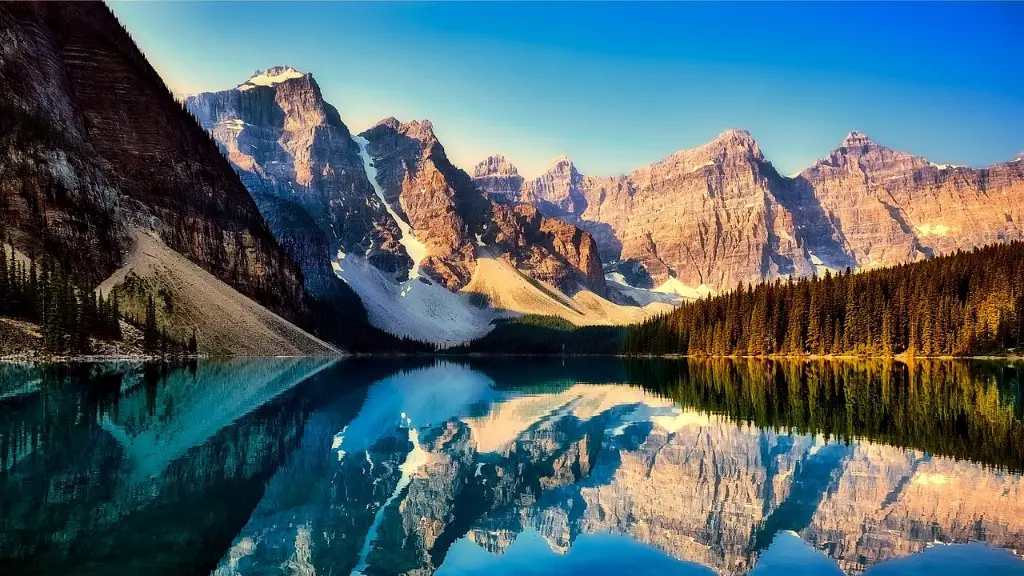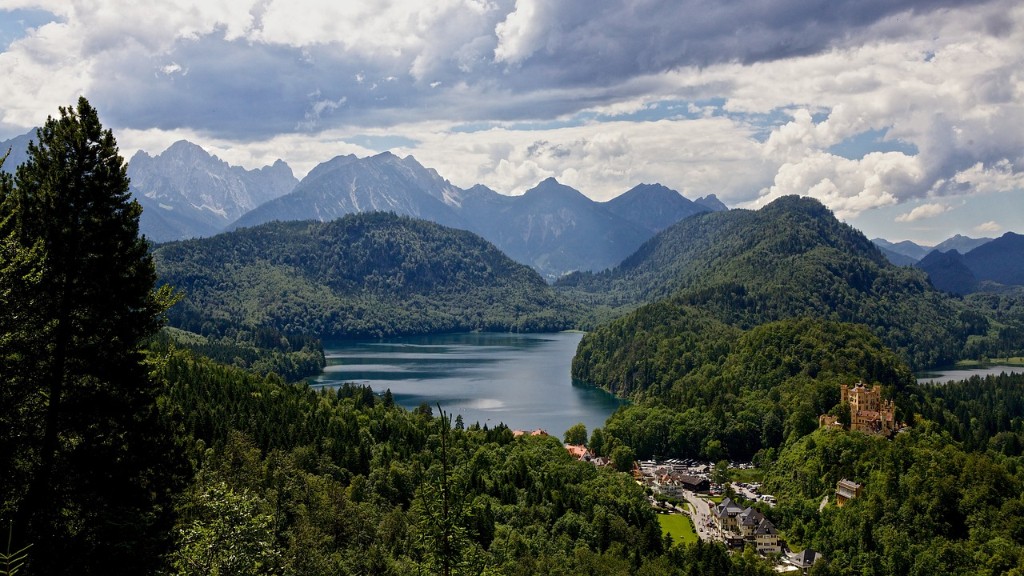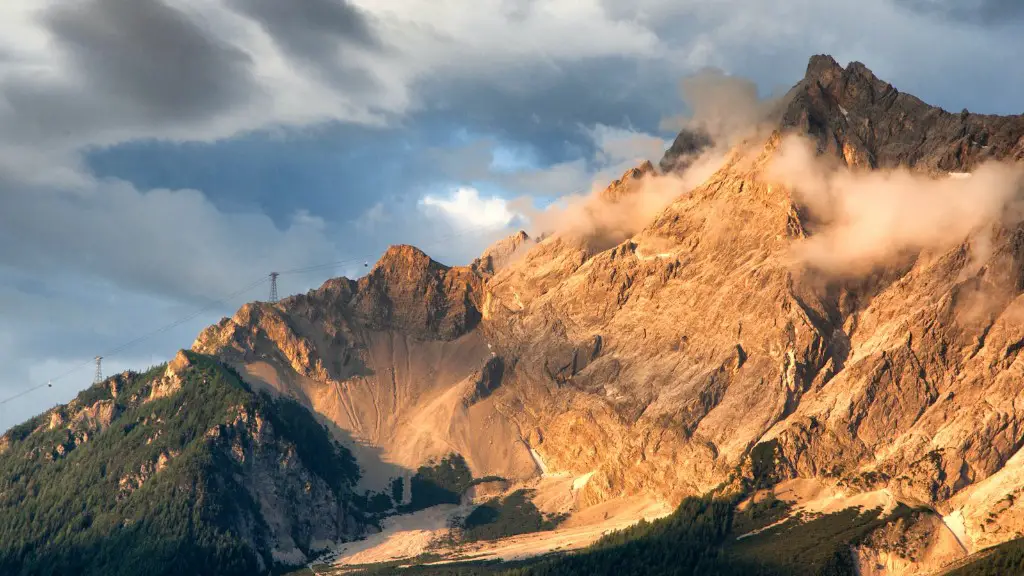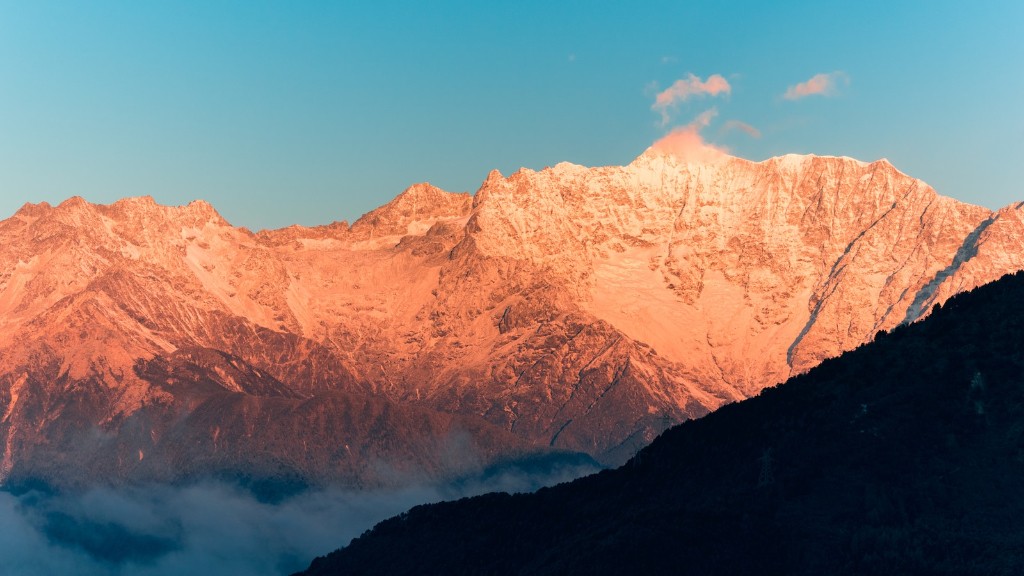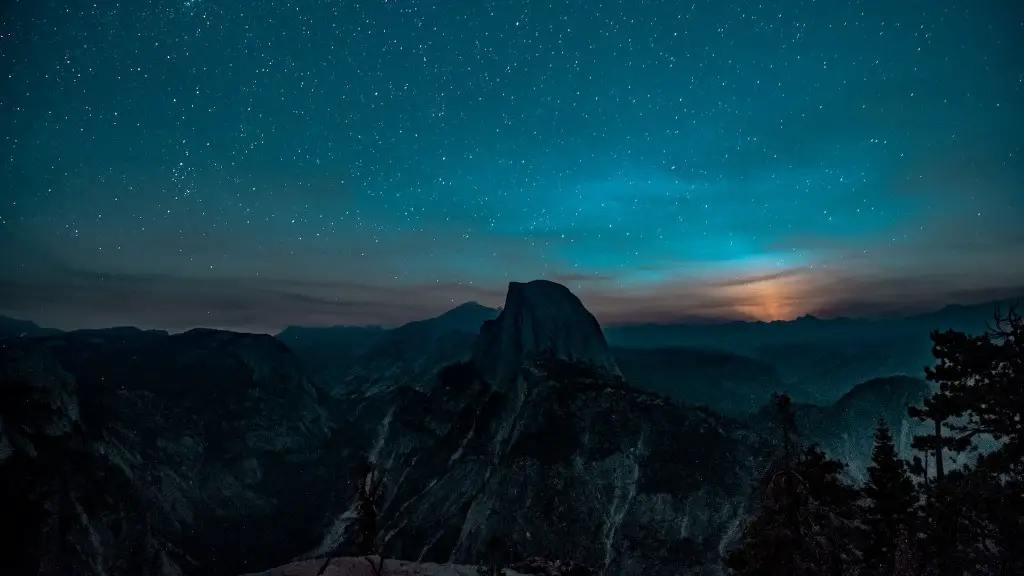Mount Fuji is one of Japan’s most iconic symbols and is also one of the nation’s most popular tourist destinations. Fuji-san, as the mountain is called in Japanese, towers over 12,388 feet and is the country’s highest peak. It is an active volcano that last erupted in 1707, but is now considered dormant. Mount Fuji is located about 60 miles southwest of Tokyo in the Shizuoka and Yamanashi prefectures. It is easily visible from the city on a clear day and is often photographed.
There are many places to view Mount Fuji. Some popular spots are:
-The Five Lakes area
-Arakurayama Sengen Park
-Shibazakura Park
-Hakone
-Lake Kawaguchiko
-Mount Fuji Visitor Center
What city can you see Mt. Fuji from?
If you’re looking to catch a glimpse of Mount Fuji while on the Tokaido Shinkansen between Tokyo and Osaka, the best time to do so is around Shin-Fuji Station, which is about 40-45 minutes into the journey. The mountain will appear on the right side of the train, so be sure to snag a window seat on the right side of the car for the best views.
Mt. Fuji is an iconic symbol of Japan and is beloved by many Japanese people. It is located in both Shizuoka and Yamanashi prefectures and can be seen clearly from Tokyo. Mt. Fuji is a popular destination for tourists and climbers, and its beauty is truly breathtaking.
Can you drive to top of Mt. Fuji
If you’re looking to reach the fifth station of Mt. Fuji by car, you can do so via the Subaru Line. This is a scenic toll road that will take you up the lower northern slopes of the mountain. However, please note that the road is only accessible during certain times of the year. It is closed to private vehicles during the busy climbing season from July 1st to September 10th.
If you’re hoping to get a clear view of Mount Fuji, plan your travel to Japan for December or January. This is when the mountain and its peak are typically free of clouds.
How often is Mt. Fuji visible?
Mount Fuji is a beautiful mountain that can be seen from Tokyo on many days between November and February. The chances of seeing the mountain are relatively low in September and during typhoon season. Hence, Mount Fuji is best visible from autumn to winter.
Mt. Fuji is one of Japan’s most popular tourist destinations, and for good reason. The mountain is absolutely stunning, and the views from the top are incredible. If you’re planning on hiking to the summit, there are a few things you need to know. First, the mountain is only open to hikers from early July to early September. Peak season is from late July to late August, so if you want to avoid the crowds, that’s the best time to go. However, be aware that the trails can be closed due to rain or wind, so always check the weather forecast before you head out. Also, the Obon holidays usually fall in the middle of August, and that’s when the trails are most crowded. So if you can, try to time your hike for before or after that period.
Can you do Mount Fuji in one day?
If you’re fit, you can climb a mountain in one day. However, it’s better to spend a night in a mountain hut on the mountain (or just climb through the night). Reservations are required for mountain huts, but you can pay to enter a hut and take a break without a reservation.
Fuji was once free to climb, but the entrance fee is now mandatory in order to help protect and maintain the trails. The climbing pass now costs around ¥1,000 – less than $10. Buses from Kawaguchiko train station to the 5th Station cost 1,500 Yen one-way (Around $11).
How much is the bullet train from Tokyo to Mt. Fuji
If you’re planning to visit Kawaguchiko station, bear in mind that you’ll need to purchase a separate ticket for the Fujikyu Railway line – a one way ticket costs 1,140 yen. If you’re using a JR Pass, you’ll be able to use it on the initial leg of the journey but will need to pay for the second part.
Fuji is one of the most popular tourist attractions in Japan, attracting people from all over the world. Many come to simply catch a glimpse of the mountain, spellbound by its size and beauty, while others come with the more energetic plan to climb it. Regardless of the reason for visiting, Fuji is sure to leave a lasting impression.
Can you sleep on top of Mount Fuji?
Hi, just wanted to remind everyone that camping on the slopes of Mount Fuji is strictly forbidden. It’s extremely dangerous and we don’t want anyone to get hurt. Please be careful and enjoy your time in Japan!
The Fuji Excursion limited express train is a great way to get from Tokyo to Fuji-san quickly and easily. The train takes just 1 hour 53 minutes from Shinjuku to Kawaguchiko Station, and all seats are reserved. The rates are updated daily, so be sure to check back often.
How long do you need at Mount Fuji
If you’re planning on climbing Mount Fuji, be aware that the journey can take five to 10 hours nonstop. Most climbers will start from the Subaru Line 5th station, which is on average a five- to six-hour ascent to the summit. Choose your trail carefully and be prepared for a long and strenuous hike.
Mount Fuji is an amazing place to visit if you’re looking to get away from the bustling city life. It’s located in the Fuji-Hakone-Izu National Park, and is less than 100 kilometers away from Tokyo. The views from the top are absolutely breathtaking, and it’s definitely worth the hike up!
How long does it take to walk around Mount Fuji?
The Yoshida, Fujinomiya, Subashiri, and Gotemba trails all lead up to Mt. Fuji. Each trail has 5th stations which are halfway up the mountain and mark where the trails start. Depending on the trail, the climb can take between 5 and 10 hours. The Yoshida trail is the most popular and well-maintained trail. The Fujinomiya trail is the shortest route to the summit and is popular with climbers who want to summit in a single day. The Subashiri and Gotemba trails are less crowded than the other trails and offer stunning views of Mt. Fuji.
The best time to visit Japan generally falls between March and May, or October and November. In the shoulder seasons, temperatures are pleasant and crowds are thinner than during the peak summer and winter tourist seasons. If you’re looking for a quiet trip with fewer crowds, June is a good option. Keep in mind that June is also the rainy season in Japan, so be prepared for wet weather.
Warp Up
The best place to view Mount Fuji is from the city of Tokyo. Mount Fuji is about 100 kilometers away from Tokyo, so it can be seen very clearly on a clear day. There are also many other places to view Mount Fuji, such as from the city of Osaka or from the top of Mount Fuji itself.
If you’re looking to get a breathtaking view of Mount Fuji, your best bet is to head to one of the Five Lakes of Fuji. Each of the lakes offers a different perspective of the iconic mountain, so you can choose which one fits your fancy. No matter which lake you choose, you’re sure to be in for a treat.
